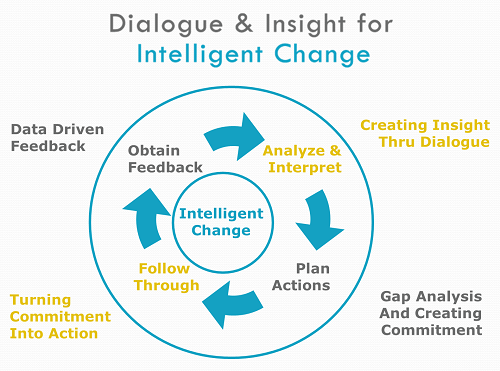When you walk in the room, who shows up for Read more →
Many Mini-Experiments
Posted Friday, September 7, 2012Allen Slade
In Teachers, Mentors and Coaches, I made the case for the value of coaching for adults who want to grow as leaders. Teachers impart expertise. Mentors impart experience. Coaches create dialogue and insight for intelligent change. And a big part of what coaches do is to create mini-experiments.
Coaching dialogue is different from normal conversation. At the beginning, a client and I reconnect and check on previous mini-experiments. In the middle, we discuss the issues facing the client. I bring active listening, powerful questions and direct communication to the conversation. I do not bring an agenda. You, the client, set the agenda, because you are the expert in your own situation. If you want to talk about next week’s meeting, the marketing strategy, a difficult customer or the new IT system, I am good with that.
If the first 50 minutes are dialogue and insight, the last ten minutes are action planning. I work with my clients to create mini-experiments at the end of each coaching session. A mini-experiment is an action plan to try something new and different. For an executive, this might be a different approach to growth strategies. For a leader, it might be managing emotions before a speech. For a career coaching client, it could be a simulated interview. Since the client is the expert on the situation, I propose mini-experiments as a SMART request. The mini-experiment is SMART because it is specific, measurable, actionable, realistic and time-bound. It is a request because the client can respond yes, no, offer to negotiate or decide later. We usually negotiate – the client raises valid concerns, and I ask “What would work?” Together, we create something SMART that can drive intelligent change.
Whether in the physics lab or the conference room, an experiment requires a hypothesis and measures. The hypothesis might be “If I do [something different], then my strategies/speech/interview will be better.” To figure out whether the hypothesis holds water, we need measures that produce data. The best data will compare the old way of doing things with the new way. This data needs to be credible and relevant to you the client, so that you are confident of your evaluation of the different way of doing things. We probably don’t need the rigor of a sophisticated experimental design or statistics. What works for you works for me as your coach.
A leadership coaching client was having difficulty with a key executive. Our coaching conversation hinged on how the executive fell short of expectations. However, my client saw the needs of his customers as an opportunity for creative problem solving and servant leadership. We reached a key insight: customer shortcomings were energizing but executive shortcomings were deflating. We designed a mini-experiment: “Think of your boss as your customer for the next week. See how that impacts your attitude toward your boss.” At our next coaching session, I checked on how the mini-experiment went. My client reported it was hard to think of his boss as a customer. But when he did, he had a more positive attitude, resulting in upward problem solving and service to his boss.
This was not a “bet your career” experiment. It happened to work. If it had not worked, we would have discussed why, and either tried the “boss as customer” idea again with a SMARTer action plan or else come up with a new approach. Because of minimal risk, quick turnaround and limited effort, you can do many mini-experiments.
 Mini-experiments are planned actions driven by feedback, dialogue and insight. When the mini-experiment is completed, we have another round of feedback, dialogue and insight. And another mini-experiment. The beauty of many mini-experiments is something is bound to make a difference. That’s why we call it intelligent change.
Mini-experiments are planned actions driven by feedback, dialogue and insight. When the mini-experiment is completed, we have another round of feedback, dialogue and insight. And another mini-experiment. The beauty of many mini-experiments is something is bound to make a difference. That’s why we call it intelligent change.


Pingback: What to Expect from Leadership Coaching